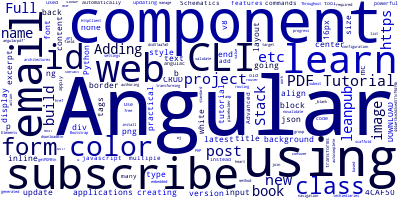Angular 17 due date and new features

In this article we will delve into what is new in Angular 17, due date and some new features.
With template improvements including a new built-in syntax for control flow and deferrable loading, Angular 17, an update to Google's well-liked TypeScript-based web development framework, is scheduled to launch in November.
Declarative control flow is expected to integrate the NgIf, NgFor, and NgSwitch directives' functionality into the framework itself. The team referred to the modification as the most significant one made to Angular templates; deferrable loading, on the other hand, enables templates to load dependencies slowly in response to trigger conditions. Work on completing these features is ongoing. For control flow and deferrable views, Angular 17 will employ a syntax known as @-syntax.
The newest version of Angular now includes built-in support for the innovative View Transitions API. The View Transition API makes it simple to switch between two states while animating the transition between them.
The Router for Angular now provides an optional functionality that uses the document to activate and deactivate components.callback for starting view transition. This guarantees that switching between pages is seamless. Importantly, this functionality tactfully manages browsers that don't allow view transitions, keeping the navigation experience consistent.
Signals have entered the developer preview with the launch of Angular version 16, allowing us to see a peek of their full capabilities. Signal-based components will, however, take the spotlight and become a crucial aspect of Angular in the following major release.
As a result, signals will change from being a generic reactive primitive that can be used in Angular to becoming a fully integrated and essential component of the Angular 17+ ecosystem.
-
Date:



